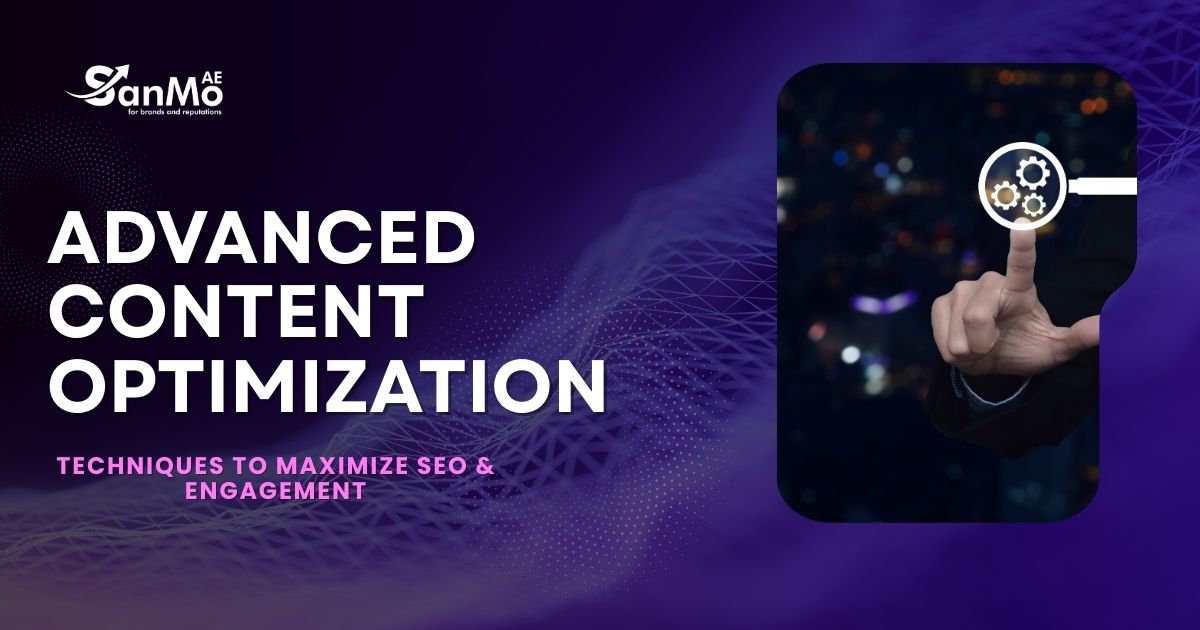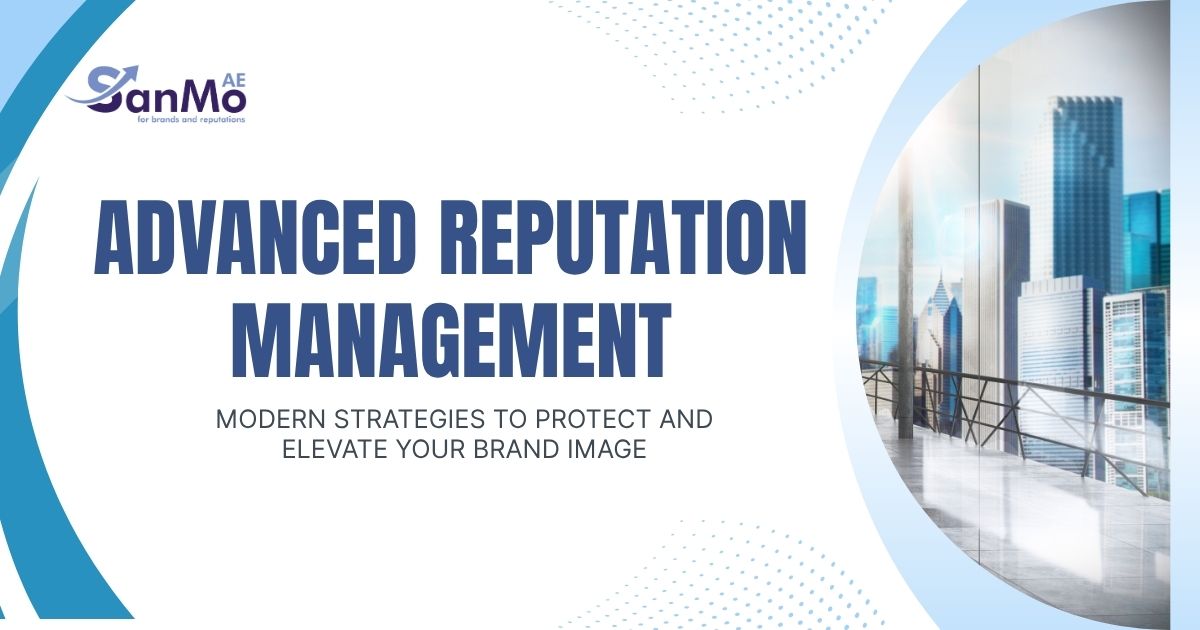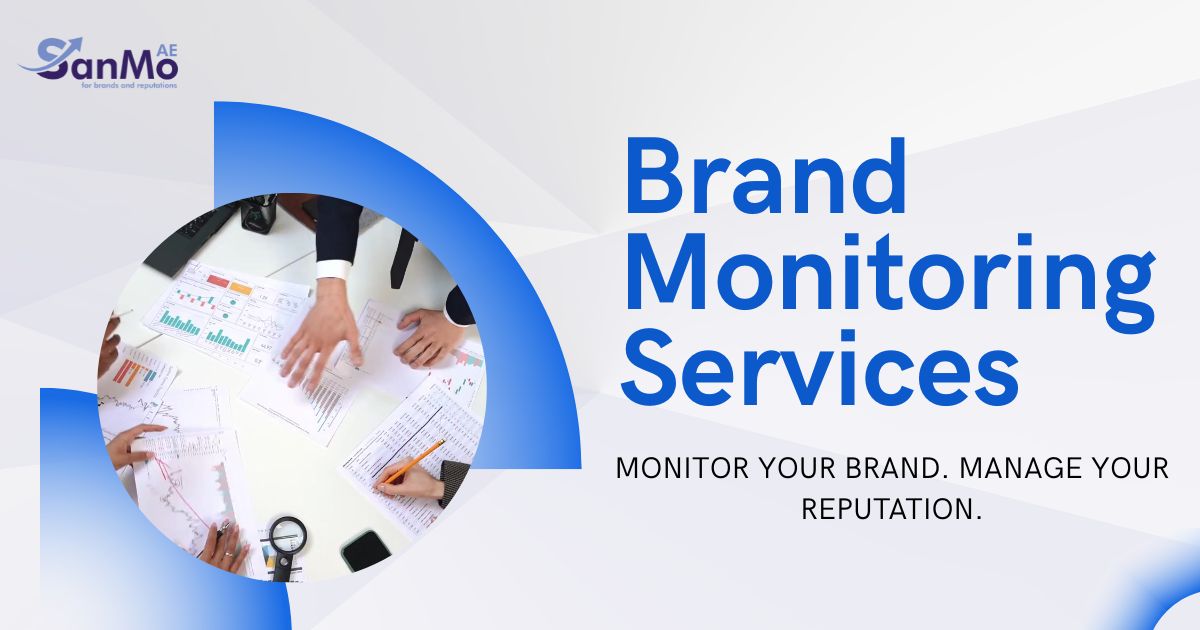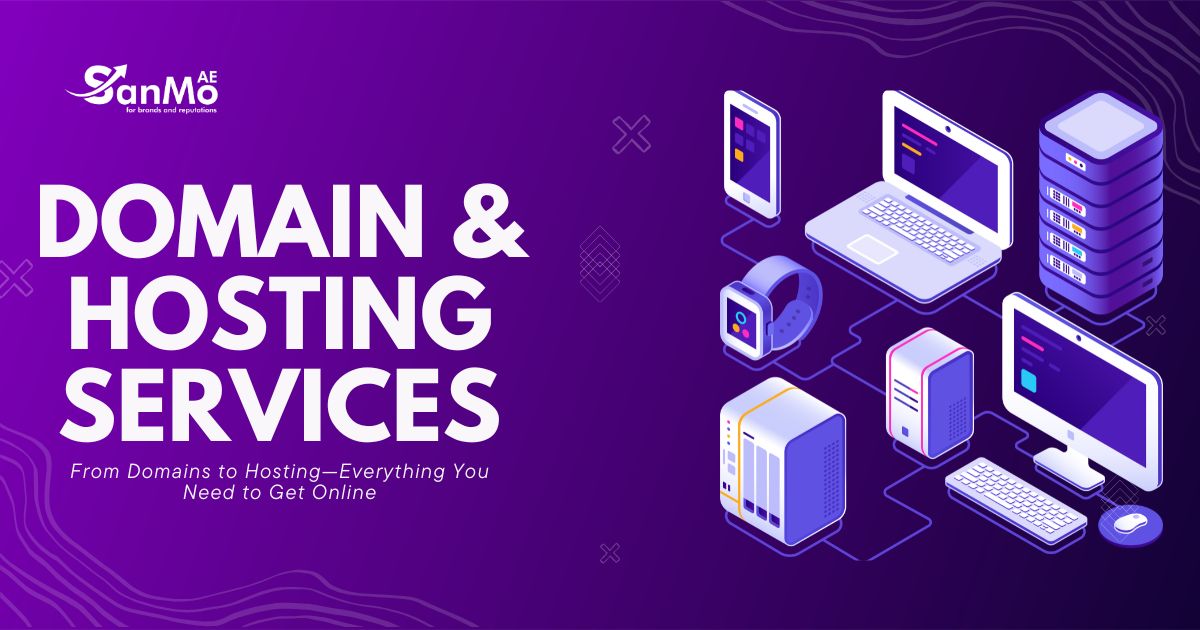Content optimization has evolved far beyond stuffing keywords into paragraphs and hoping for the best. Modern search engines reward content that genuinely serves users while demonstrating expertise and authority. This comprehensive guide explores sophisticated techniques that separate high-performing content from the competition.
Understanding advanced content optimization means recognizing that search engines now evaluate context, user intent, and content quality with unprecedented sophistication. The strategies that worked five years ago may actually harm your rankings today. Success requires a nuanced approach that balances technical precision with authentic value creation.
This post will equip you with cutting-edge optimization techniques used by top-performing websites. You’ll learn how to leverage semantic search principles, optimize for featured snippets, and create content that satisfies both algorithms and human readers.
Understanding Semantic Search and Topic Clusters
Modern search engines don’t just match keywords—they understand relationships between concepts. Semantic search technology analyzes the meaning behind queries and content, making topical authority more important than ever.
Building Topic Authority Through Content Clusters
Advanced content optimization starts with creating comprehensive topic clusters rather than standalone articles. This approach involves developing a pillar page that covers a broad topic extensively, then creating cluster content that explores specific subtopics in detail.
Each cluster page should link back to the pillar page and interconnect with related cluster content. This internal linking structure signals to search engines that you’ve created comprehensive coverage of a topic, boosting your authority for related queries.
Leveraging Latent Semantic Indexing (LSI) Keywords
LSI keywords are conceptually related terms that search engines use to understand content context. Rather than focusing solely on your primary keyword, identify related terms that naturally occur when discussing your topic.
Use tools like Google’s “People Also Ask” section and related searches to discover LSI opportunities. Incorporate these terms naturally throughout your content, particularly in subheadings and body paragraphs where they add genuine value to the discussion.
Optimizing for Search Intent and User Journey
Advanced content optimization requires understanding the different types of search intent and crafting content that satisfies specific user needs at various stages of their journey.
Identifying and Matching Search Intent
Search intent falls into four primary categories: informational, navigational, transactional, and commercial investigation. Analyze top-ranking pages for your target keywords to understand what type of content search engines prefer for specific queries.
Informational content should provide comprehensive answers and educational value. Transactional content needs clear calls-to-action and conversion pathways. Commercial investigation content requires detailed comparisons and evaluation criteria.
Creating Content for Different Funnel Stages
Map your content to specific stages of the buyer’s journey. Top-of-funnel content should address broad problems and provide educational value. Middle-funnel content can explore solutions and build trust through expertise demonstration. Bottom-funnel content should facilitate decision-making and conversion.
This strategic approach ensures your content serves users effectively while building a comprehensive content ecosystem that supports business objectives.
Technical Optimization for Enhanced Performance
Technical elements play a crucial role in advanced content optimization. These behind-the-scenes factors significantly impact how search engines crawl, index, and rank your content.
Structured Data Implementation
Structured data markup helps search engines understand your content context and display rich snippets in search results. Implement relevant schema markup for articles, reviews, FAQs, and other content types.
Focus on schema types that align with your content goals. Article schema can enhance news and blog content, while FAQ schema might earn featured snippet positions for comprehensive guides.
Page Speed and Core Web Vitals
Content optimization extends beyond words to include technical performance. Search engines increasingly prioritize user experience metrics like loading speed, interactivity, and visual stability.
Optimize images through compression and proper formatting. Minimize JavaScript and CSS files. Use content delivery networks to reduce server response times. These technical improvements directly impact both user satisfaction and search rankings.
Mobile-First Optimization
With mobile-first indexing, search engines primarily use the mobile version of your content for ranking decisions. Ensure your content displays properly on mobile devices and maintains readability across screen sizes.
Consider how your content structure adapts to smaller screens. Long paragraphs may need breaking up for mobile readability, and calls-to-action should remain easily accessible on touch interfaces.
Content Depth and Comprehensive Coverage
Advanced content optimization prioritizes comprehensive topic coverage over surface-level treatment. Search engines reward content that thoroughly addresses user questions and provides genuine expertise.
Developing Content Depth
Create content that goes beyond basic information to provide unique insights, analysis, and actionable advice. Include multiple perspectives on complex topics and address potential objections or concerns readers might have.
Use data, case studies, and expert opinions to support your points. Original research and unique insights can differentiate your content from competitors and establish thought leadership.
Addressing User Questions Comprehensively
Analyze “People Also Ask” boxes and forums like Quora or Reddit to identify questions your audience asks about your topic. Create content sections that directly answer these questions with specific, actionable information.
This approach not only improves user satisfaction but also increases your chances of appearing in featured snippets and voice search results.
Advanced Link Building and Internal Linking
Link optimization remains a critical component of advanced content strategy. Both internal and external linking require strategic planning to maximize their SEO impact.
Strategic Internal Linking
Create logical pathways between related content pieces using descriptive anchor text. Internal links should guide users to additional valuable information while distributing page authority throughout your site.
Develop topic-based linking strategies that connect related articles and guide users deeper into your content ecosystem. This approach increases dwell time and signals topical authority to search engines.
Content-Driven Link Earning
Focus on creating linkable assets that naturally attract external links. Original research, comprehensive guides, and unique tools or resources tend to earn links organically from other websites.
Consider what type of content your industry references and shares. Industry reports, surveys, and expert roundups often generate significant link equity when executed well.
Measuring and Iterating on Content Performance
Advanced content optimization requires ongoing measurement and refinement based on performance data and user feedback.
Key Performance Indicators
Track metrics beyond basic traffic numbers to understand content effectiveness. Monitor average time on page, bounce rate, scroll depth, and conversion rates to gauge user engagement quality.
Use tools like Google Search Console to identify which queries drive traffic to your content and optimize for additional related terms that show opportunity.
Continuous Content Improvement
Regularly update and expand existing content based on performance data and industry developments. Add new sections, update statistics, and incorporate fresh insights to maintain content relevance and authority.
Monitor competitor content to identify gaps in your coverage and opportunities for improvement. Advanced content optimization is an ongoing process rather than a one-time effort.
Leveraging AI and Automation Tools
Modern content optimization benefits from AI-powered tools that can identify opportunities and streamline optimization processes.
Content Analysis and Optimization Tools
Use AI-powered platforms to analyze top-ranking content for your target keywords and identify optimization opportunities. These tools can suggest related topics, optimal content length, and readability improvements.
Implement tools that analyze user behavior on your content and provide insights for improvement. Heat mapping and user session recordings can reveal how people actually interact with your content.
Automation for Scale
Develop workflows that allow you to optimize content efficiently across large content libraries. Automated tools can help with technical SEO checks, broken link identification, and content performance monitoring.
Maximizing Your Content’s Potential
Advanced content optimization represents a strategic approach to creating content that serves both search engines and human users effectively. The techniques outlined in this guide require investment in planning, execution, and ongoing refinement, but they deliver sustainable competitive advantages.
Success with advanced content optimization comes from understanding that modern SEO is fundamentally about creating genuinely valuable content experiences. Focus on serving your audience’s needs comprehensively while implementing technical best practices that help search engines understand and reward your efforts.
Start implementing these advanced techniques gradually, measuring their impact on your content performance. Remember that optimization is an ongoing process that evolves with search engine algorithms and user expectations. The websites that commit to continuous improvement and user-focused content creation will achieve the best long-term results.








